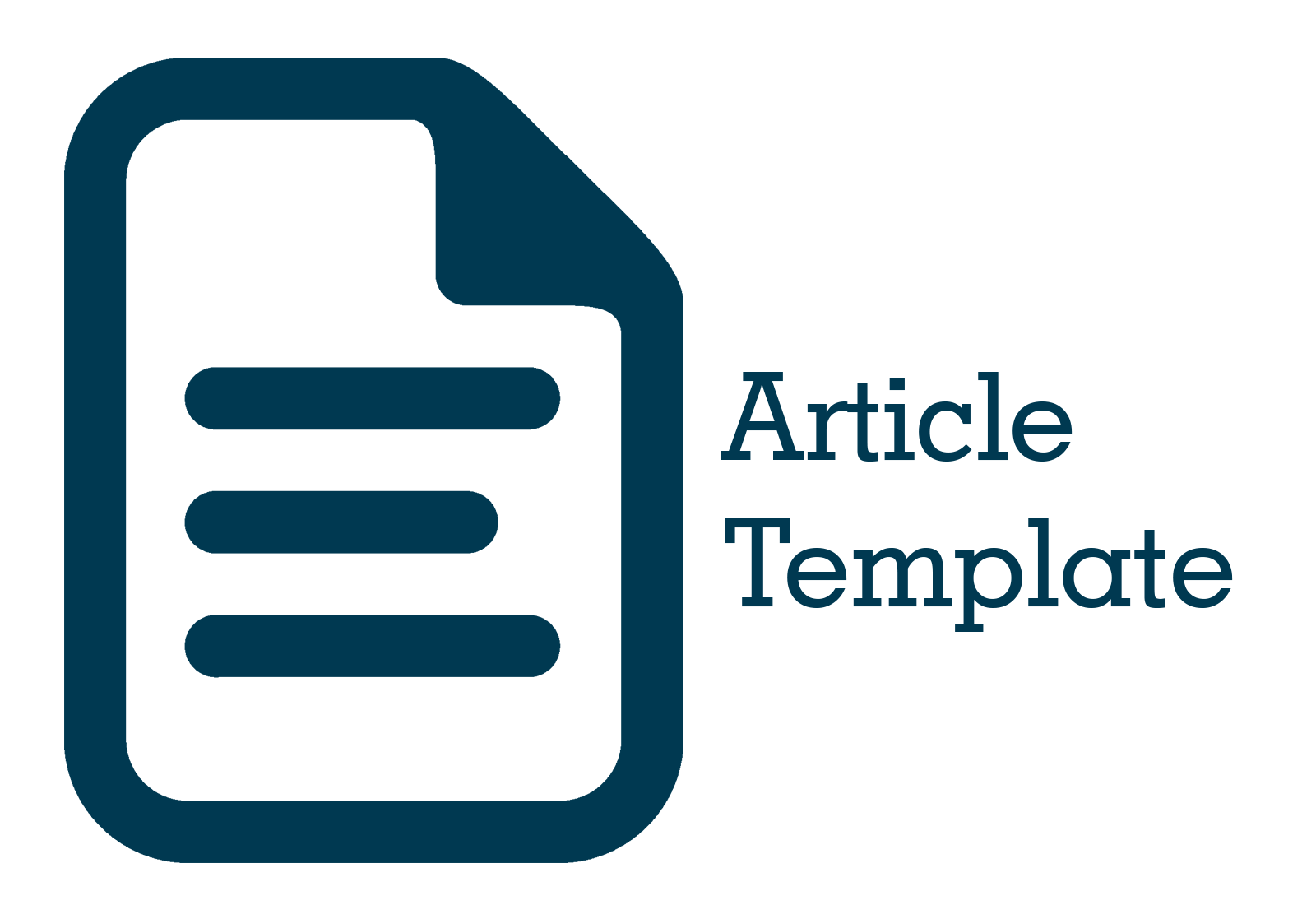Reactualization of Siri Culture: “Analysis of the Influence of Leadership on New Public Management (NPM) and the Performance of the State Civil Apparatus of the Makassar City Government”
Keywords:
Reactualization, leadership, New Public Management, Civil Servants, PerformanceAbstract
Minister of State Apparatus Empowerment and Bureaucratic Reform Asman Abnur in Bandung (13/3-2017) revealed that the quality of civil servants (PNS) is currently far from being expected. The lack of expertise possessed by civil servants has an impact on not maximizing the management of their resources. The purpose of this study is to analyze the influence of leadership on New Public Management (NPM) and Civil Service Performance as well as the influence of leadership on the performance of civil servant officers through New Public Management (NPM). This study used a descriptive reasearch approach and a confirmatory research approach. The results of this study show that leadership has a positive and significant influence on the performance of civil servants/structural officials in the Makassar City Government both directly and through NPM. The indirect relationship between leadership and positive performance shows that NPM contributes significantly to the relationship between leadership and the performance of civil servants, in this case structural officials of the Makassar City government, so that NPM can be used as an instrument to streamline the relationship between leadership and the performance of civil servants. New Public Management (NPM) as an intervening variable contributes greatly and plays a role in the relationship between leadership variables and the performance of civil servants. This means that NPM can be an instrument to streamline the influence of the three exogenous variables above on endogenous variables in this study
References
Abubakar, A. M., Elrehail, H., Alatailat, M. A., & Elçi, A. (2017). Knowledge management, decision-making style, and organizational performance. Journal of Innovation & Knowledge, 4(2), 104-114. https://doi.org/10.1016/j.jik.2017.07.003
Alford, J., & Hughes, O. (2008). Public value pragmatism as the next phase of public management. American Review of Public Administration, 38(2), 130-148. https://doi.org/10.1177/0275074008314203
Andrews, R., Boyne, G. A., & Walker, R. M. (2011). The impact of management on administrative and organizational performance: An empirical study. Public Management Review, 13(2), 307-331. https://doi.org/10.1080/14719037.2010.532968
Bozeman, B. (2007). All organizations are public: Comparing public and private organizations. Academy of Management Perspectives, 21(3), 175-180. https://doi.org/10.5465/amp.2007.27365483
Bryson, J. M., Crosby, B. C., & Bloomberg, L. (2014). Public value governance: Moving beyond traditional public administration and the new public management. Public Administration Review, 74(4), 445-456. https://doi.org/10.1111/puar.12238
Choi, T., & Chandler, S. M. (2020). Exploring the mechanisms of leadership and public service motivation: A multiple mediation model. International Public Management Journal, 23(4), 485-507. https://doi.org/10.1080/10967494.2019.1685094
Denhardt, R. B., & Denhardt, J. V. (2015). The New Public Service Revisited. Public Administration Review, 75(5), 664-672. https://doi.org/10.1111/puar.12347
Dunleavy, P., Margetts, H., Bastow, S., & Tinkler, J. (2006). New public management is dead—Long live digital-era governance. Journal of Public Administration Research and Theory, 16(3), 467-494. https://doi.org/10.1093/jopart/mui057
Fernandez, S., & Rainey, H. G. (2006). Managing successful organizational change in the public sector. Public Administration Review, 66(2), 168-176. https://doi.org/10.1111/j.1540-6210.2006.00570.x
Hartley, J., & Fletcher, C. (2008). Leadership with political astuteness: A key skill for enhancing the effectiveness of public service organizations. Public Money & Management, 28(6), 349-356. https://doi.org/10.1111/j.1467-9302.2008.00674.x
Hood, C. (1991). A public management for all seasons? Public Administration, 69(1), 3-19. https://doi.org/10.1111/j.1467-9299.1991.tb00779.x
Osborne, S. P. (2006). The New Public Governance? Public Management Review, 8(3), 377-387. https://doi.org/10.1080/14719030600853022
Pollitt, C., & Bouckaert, G. (2017). Public Management Reform: A Comparative Analysis - Into the Age of Austerity (4th ed.). Oxford University Press. https://doi.org/10.1093/oso/9780198795181.001.0001
Rainey, H. G., & Steinbauer, P. (1999). Galloping elephants: Developing elements of a theory of effective government organizations. Journal of Public Administration Research and Theory, 9(1), 1-32. https://doi.org/10.1093/oxfordjournals.jpart.a024401
Van Dooren, W., Bouckaert, G., & Halligan, J. (2015). Performance Management in the Public Sector (2nd ed.). Routledge. https://doi.org/10.4324/9781315815464
Downloads
Published
Issue
Section
License
Copyright (c) 2024 Musmulyadi (Author)

This work is licensed under a Creative Commons Attribution 4.0 International License.


